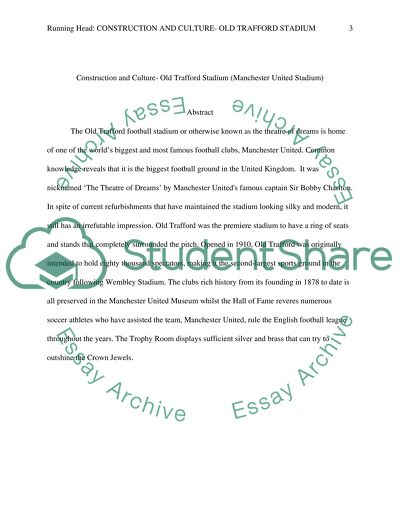Cite this document
(“Construction and culture- Old Trafford Stadium (Manchester United Research Paper”, n.d.)
Retrieved de https://studentshare.org/engineering-and-construction/1392734-construction-and-culture-old-trafford-stadium
Retrieved de https://studentshare.org/engineering-and-construction/1392734-construction-and-culture-old-trafford-stadium
(Construction and Culture- Old Trafford Stadium (Manchester United Research Paper)
https://studentshare.org/engineering-and-construction/1392734-construction-and-culture-old-trafford-stadium.
https://studentshare.org/engineering-and-construction/1392734-construction-and-culture-old-trafford-stadium.
“Construction and Culture- Old Trafford Stadium (Manchester United Research Paper”, n.d. https://studentshare.org/engineering-and-construction/1392734-construction-and-culture-old-trafford-stadium.


